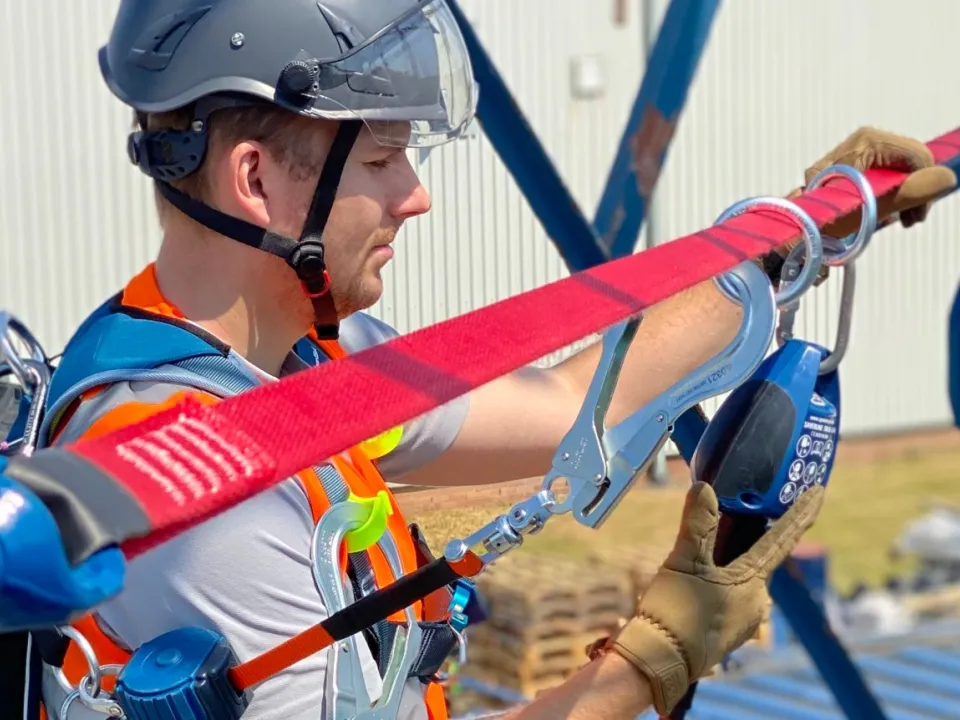BLOG
Working Safely on Sloped Roofs
The Importance of Fall Protection
Working Safely on Sloped Roofs
The Importance of Fall Protection
Working on sloped roofs involves significant risks. Without proper fall protection, a simple misstep can lead to serious injury—or worse. In this blog, we discuss the importance of fall protection equipment and illustrate it with a powerful story of a skilled worker who had an accident due to negligence.
The Dangers of Working on Sloped Roofs
Sloped roofs offer little to no natural protection against falls. Factors such as weather conditions, slippery surfaces, and carelessness can greatly increase the risk of falling. For this reason, it is essential to use fall protection equipment such as harnesses, guardrails, and anchor points. Yet these safety measures are often ignored or improperly used—with serious consequences.

A Real-Life Warning
Pieter, an experienced roofer with over twenty years in the trade, thought he could "handle it without gear." One clear morning, he was assigned to replace roof tiles on a house with a steeply sloped roof. He brought his harness, but didn’t see the need to properly attach it to an anchor point. "It’s just a small job," he thought, "and I’ve done this a hundred times."
As he went to place a tile, he lost his balance. In a split second, he slipped and fell six meters onto a gravel path. With multiple broken ribs, a fractured arm, and a concussion, he spent weeks in the hospital. It could have ended much worse. Pieter now admits that overconfidence and complacency nearly cost him his life. Today, he warns colleagues and newcomers alike to always use fall protection—no matter how small the job may seem.
What Can We Learn from This?
Pieter’s story is not unique. Many professionals rely on their experience and misjudge the risks. To work safely on sloped roofs, fall protection must become standard practice. Here are a few essential measures:
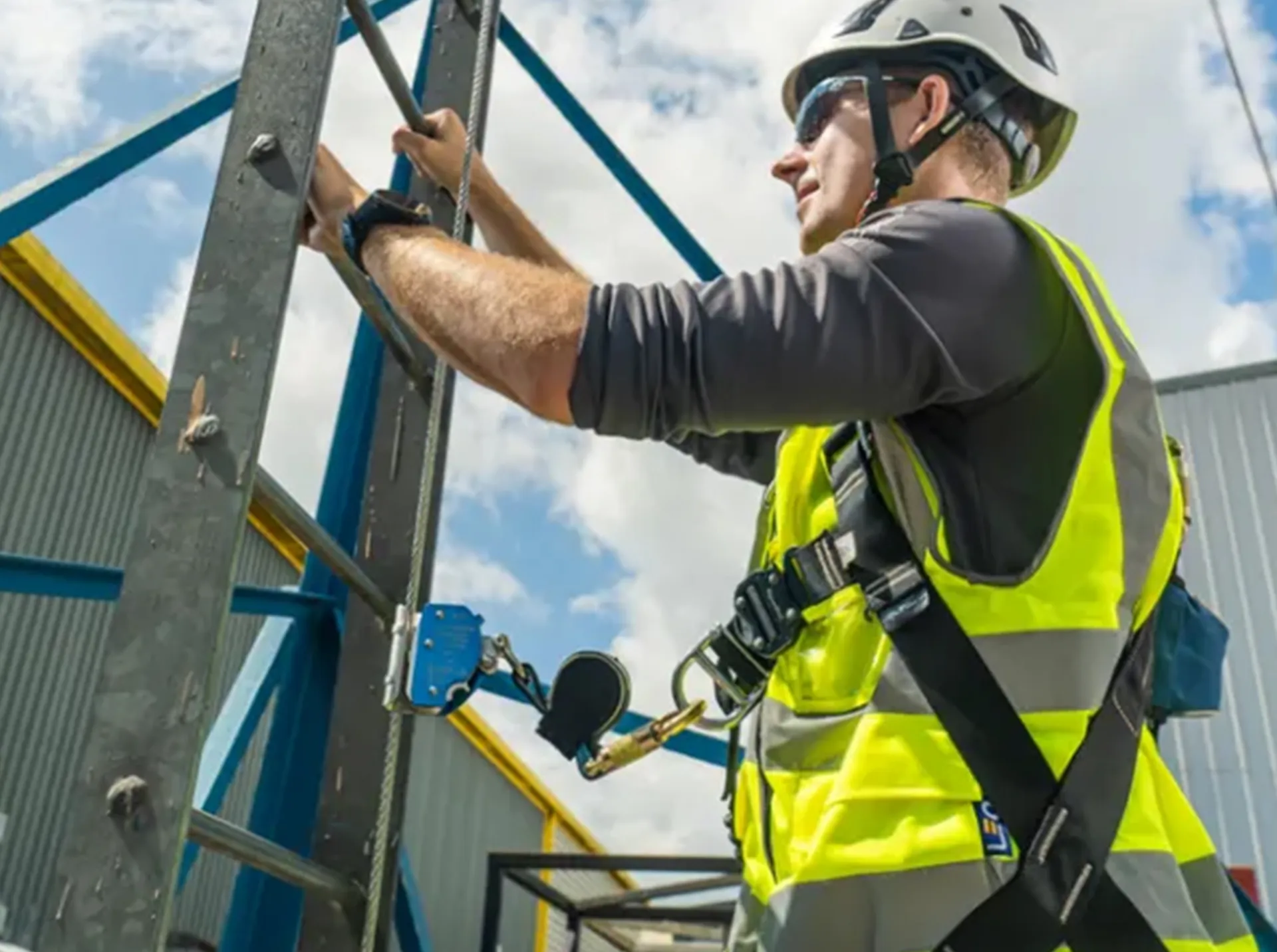
1.
Always use a harness
A harness is useless if not correctly secured.
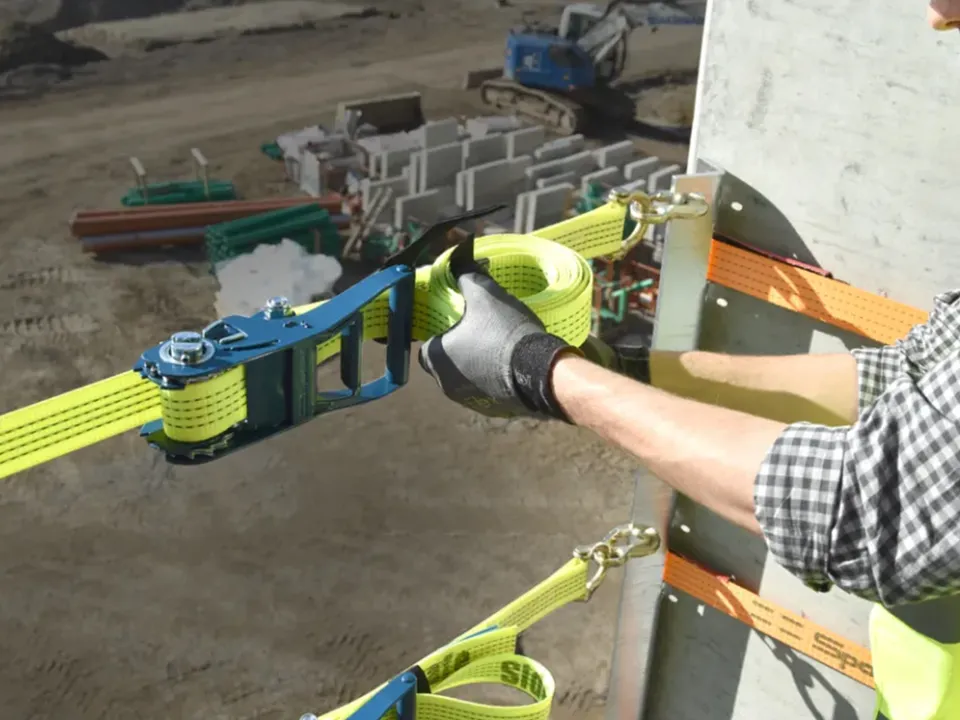
2.
Work with a fall protection system
This may include temporary guardrails, scaffolding, or a safety line.
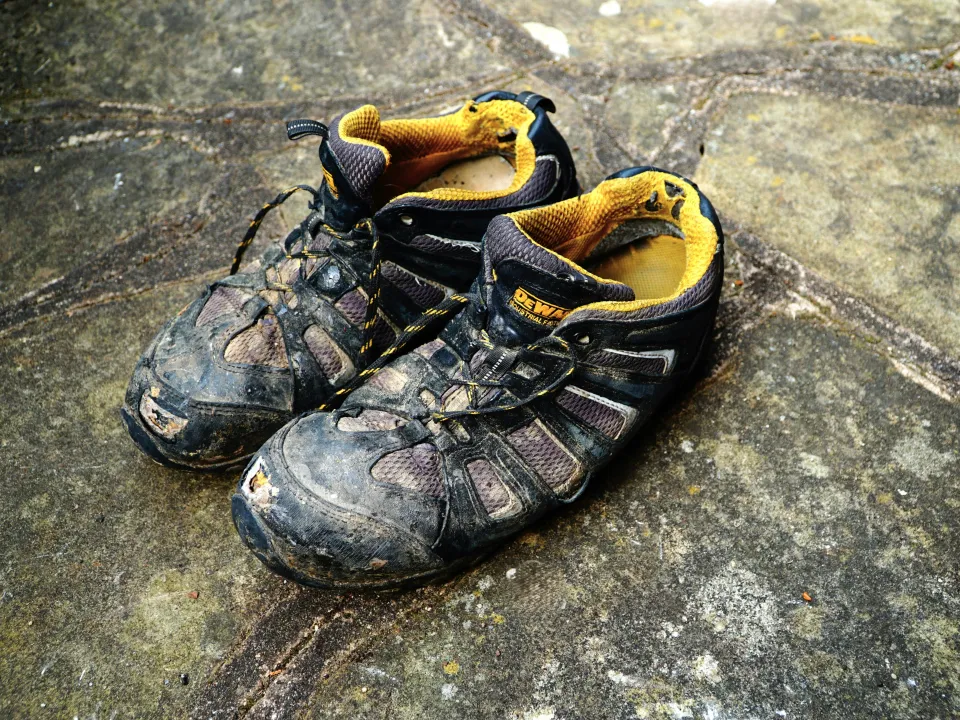
3.
Wear appropriate footwear with anti-slip soles
This greatly reduces the risk of slipping.
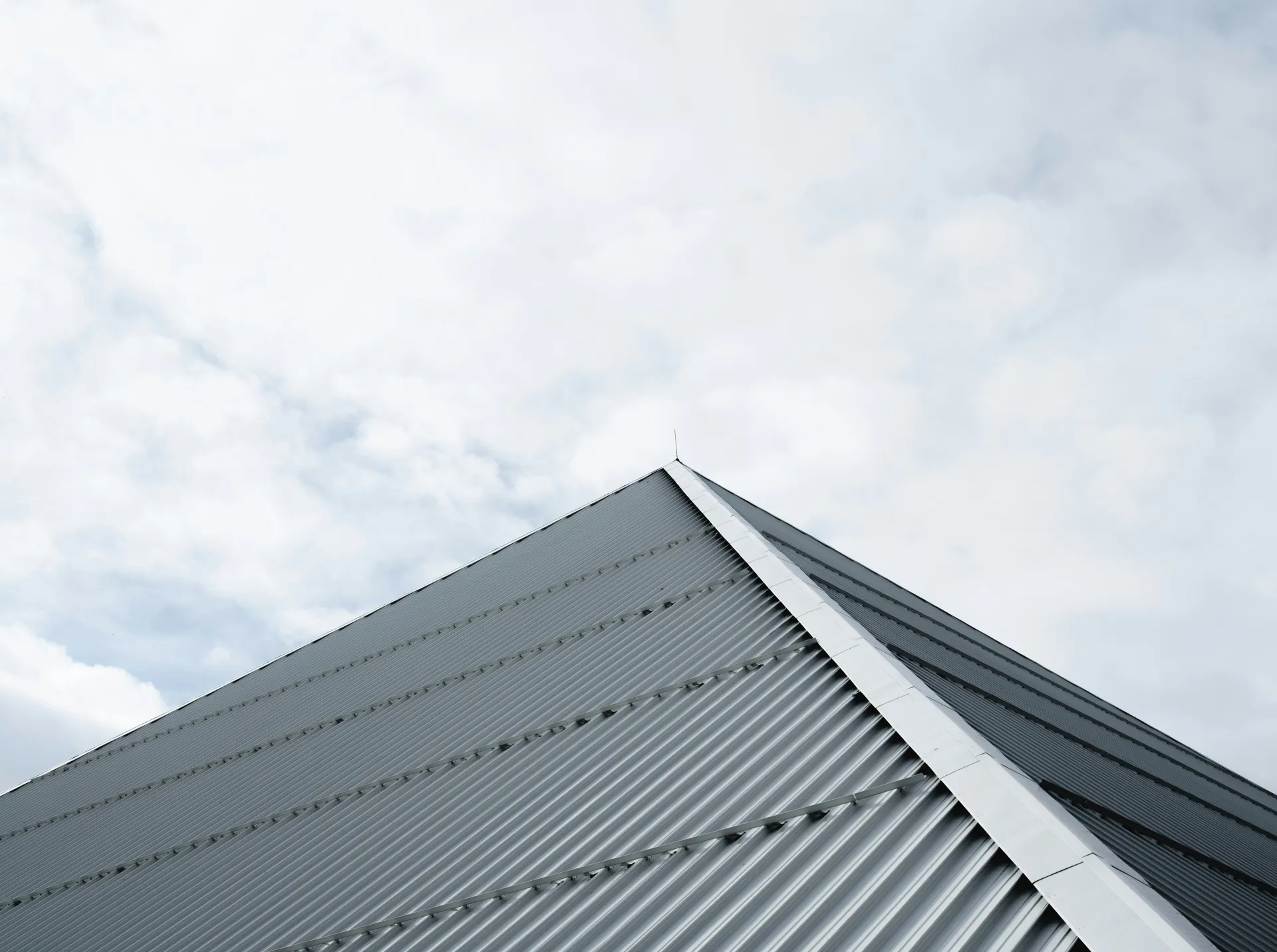
4.
Check weather conditions beforehand
Rain and wind make any roof much more hazardous.
5.
Ensure proper training and awareness
Knowledge of safe working practices helps prevent accidents.
The people at SpanSet are specialists in providing professional training at all levels, with over 50 years of experience. In consultation with the client, we develop a suitable one-day or two-day program. From toolbox trainings to customized courses on-site or at our training center.
SpanSet Trainings:
- Safe Working at Height and Rescue
- Safe Lifting and Hoisting
- Safe Use of Lifting Clamps
- Load Securing
